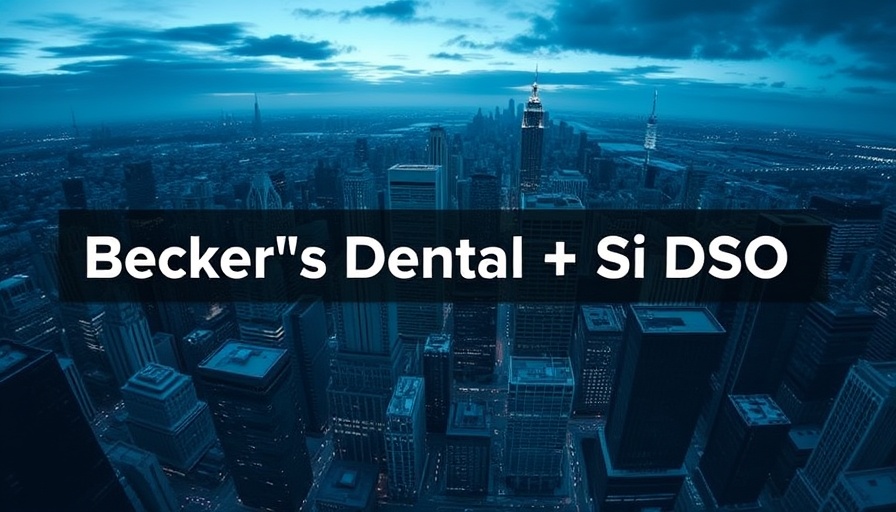
Understanding the Controversy: Why Dental Amalgam is Under Fire
The recent advisory from Florida's Surgeon General, Dr. Joseph Ladapo, against the use of dental amalgam for fillings has reignited the debate surrounding this longstanding dental practice. Citing risks associated with mercury exposure, including potential DNA damage and neurodevelopmental delays in children, Dr. Ladapo's stance aligns with a growing body of critics advocating for mercury-free alternatives in dentistry.
The Science Behind the Concern
Dr. Ladapo's caution serves as a reminder of the potential health risks tied to dental amalgam. Studies indicate that exposure to mercury can have detrimental effects, particularly on vulnerable populations like pregnant women and children. This aligns with findings from various health organizations that acknowledge the risks while not conclusively linking amalgam to adverse health effects in the general population. As dentists navigate this complex landscape, weighing the benefits and risks of their materials becomes increasingly essential.
Alternatives to Traditional Dental Amalgam
As the awareness of alternatives grows, many dental professionals are exploring composite resins, glass ionomer cement, and crowns. Dr. Ladapo encourages discussions around these options with patients, emphasizing the importance of informed decision-making in dental care. The decreasing rate of amalgam use—from 21.8% in 2017 to just 4.1% in 2023—reflects a significant shift in patient preferences towards safer, non-mercury fillings.
The Ethical Perspective
Ethically, the American Dental Association's position poses a significant challenge for practitioners. Their principle against the removal of functional amalgams solely for cosmetic or health concerns adds complexity to the debate. Dentists are then tasked with adhering to established ethical guidelines while considering patient safety as their top priority. This juxtaposition raises important questions about the future of dental practices amid evolving health guidelines and technology.
Global Implications of Amalgam Use
Internationally, the issue of mercury in dental amalgam has gained traction, especially in light of the Minamata Convention on Mercury. More than 130 nations have committed to restricting its use to protect vulnerable populations. As countries move toward stringent regulations on amalgam, U.S. practitioners must contemplate the long-term ramifications of their material choices.
Practical Insights for Practitioners
For dentists like Dr. Emily Johnson located in suburban Pennsylvania, these developments necessitate a proactive approach. Engaging with patients on the risks and benefits of dental materials can not only enhance trust but also foster a reputation as a dentist committed to safety and modern practices. Offering education about alternatives during consultations can empower patients to make knowledgeable choices, aligning practice growth with patient health.
Future Trends in Dental Materials
In light of the evolving landscape regarding dental materials, practitioners must embrace innovation. Technologies advancing dental restorations are emerging, with a focus on eco-friendly, mercury-free solutions that could soon redefine standards in dental care. Continuous education, adapting to new evidence-based practices, and integrating patient feedback will remain critical for future practice sustainability.
As the dental community grapples with these changes and considerations, stepping back to evaluate patient needs against established practices is paramount. This insight not only ensures ethical practices but also enhances the overall trust in the dental profession, nurturing a healthier future for patients.
 Add Row
Add Row  Add
Add 




Write A Comment